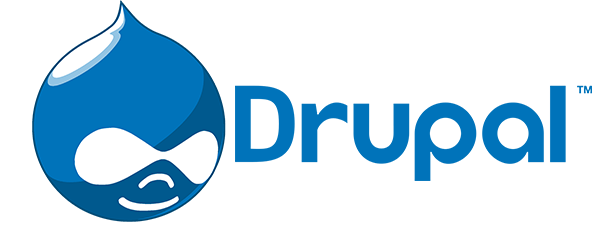Go into a website hosting forum and ask “What Content Management System should I use?” Most of those answers, with no context, will be “WordPress!” WordPress indeed dominates the web, but it’s only meant to be a blogging platform. You can push WordPress beyond its simple capabilities, but it ends up being like building on sand. When you need a more robust and multi-featured website, your true answer is “Drupal!”
Like other mainstay tools of the LAMP (Linux, Apache, MySQL, PHP) stack standard, Drupal is open source and free, licensed under the Free Software Foundation’s General Public License. It’s maintained by a worldwide network of web professionals who keep it updated and as secure as possible.
Now let’s talk about the benefits of Drupal. If you need a tutorial, GreenGeeks hosts an excellent Drupal Website Tutorial with an archive of helpful resources. But first, why run Drupal?
Customization
Take a look at your standard blog. You’ll notice the posts tend to a very plain template: Title, image, post body, author, tags, comments, and a few other widgets. But what if you need a site that breaks out of that template?
Consider if you ran a movie website similar to IMDB. You’d want movie listings, filterable by genre, year, credits, ratings, country, and so on. This part would be more about SQL access than anything else. Then your blog posts will usually be movie reviews. For reviews, you want a field for title, alternate titles, year of release, director/producer/ cast credits, ratings, still image, a YouTube embed of the film trailer, the body text with its critique, and a closing rating of stars/thumbs-up/down, whatever. And then if you land an interview with an indie director, that will be a blog post more like a standard blog template. If you let fans create lists of their favorite movies, that’s another template. If you decide to add fun movie trivia quizzes, that will still be another template.
This is just a hypothetical example, but you see where this is going. Your needs can extend far beyond a simple sequential-post blog. Drupal lets you create customized templates for everything we just listed and much more besides. Not only is the core set-up already built for customizing, but a set of plug-in modules let you shape content types, custom panels, controlled content viewing for different devices, and so on.
Drupal is daunting to the casual web user for this reason. It holds back nothing. If you want to grub around on the command line and manually manage file permissions or PHP caching, Drupal hands you the keys to do that. It assumes you know what you’re doing, but it’s also many times more powerful than beginner-friendly CMSs like WordPress.
Enterprise Capability
While WordPress or other blog software is designed from a sole-proprietor standpoint, Drupal is built to be managed by a team. Drupal ships with user-access control built-in, so you can create new staff account roles that have different permissions. This lets you bring in blog authors, graphic designers, database maintainers, and other specialists and only give them access to the small areas necessary to complete their function.
Security
Drupal is built a little closer to the Unix-standard of security, which is also what Linux, installed on the majority of website server operating systems, is also based on. Drupal has lockdown security built-in, allowing access to various features only if and when you turn it on. It is also more strictly maintained and updated than WordPress, with security patches and updated versions regularly applied. Drupal is secure enough to meet US government standards up to and including intel-defense deployments.
Flexible Design
On the whole, the modern Internet has expanded beyond the simple text document standard of its original. Common use cases include viewing an image-hosting site through an app on a mobile device, browsing videos sequentially, using an ordering and shopping cart form that tracks the users’ mailing information through their account, and so on. We demand much more from the web now, which has become the channel through which all conceivable media can navigate.
Naturally, with Drupal’s customization mentioned above, it also has to provide a more full-featured approach to control interface design. Almost any content presentation scenario is possible in Drupal: image gallery slideshows, sequential profile scrolling with rating buttons, embedded videos, pop-up chat dialogues, and custom styling to present any amount of eye candy or a trim minimalist design.
Conclusion
Drupal is not for everybody, considering the steep learning curve. Especially the lone website maintainer might feel overwhelmed with the complex controls and features. But for the seasoned web professional, Drupal is the more elegant tool, practically its own operating system. One other consideration is that while WordPress, being so common, is much easier to get professional support for, Drupal attracts a more specialized web developer who may be more expensive by the hour. However, considering Drupal is used by some of the top corporate media portals on the web, the expense is clearly worth it for the advanced web experience it provides.





